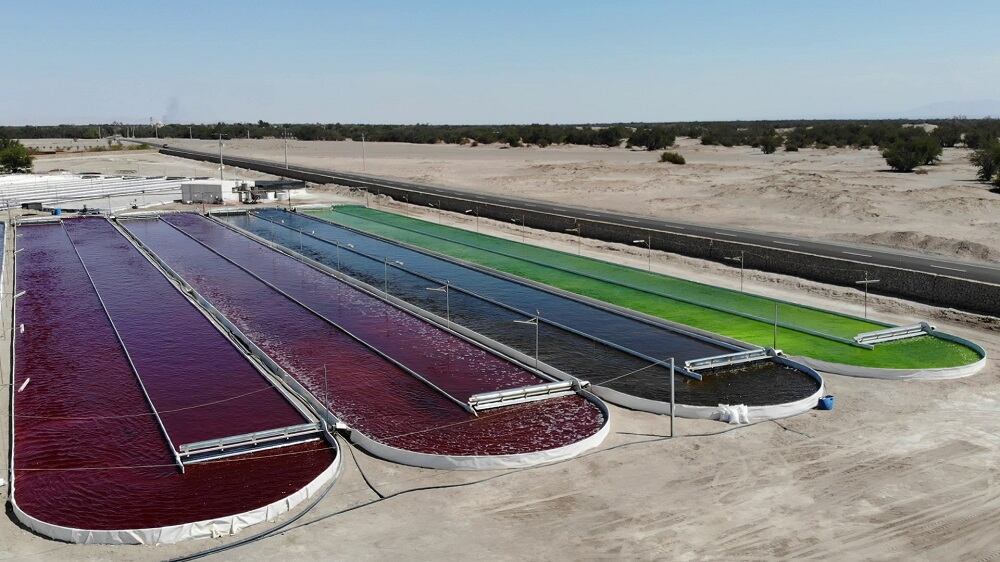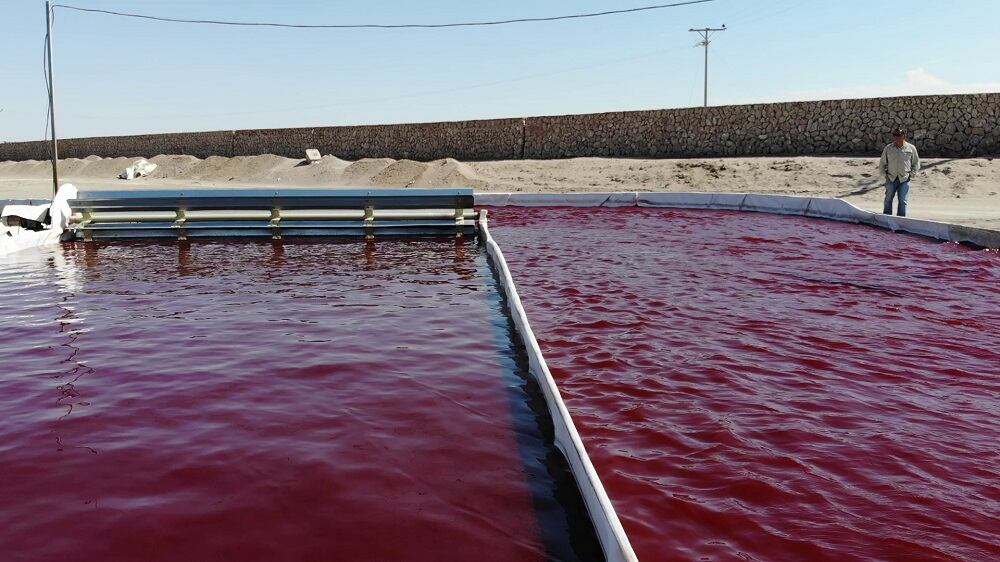Atacama Bio Natural Products S.A. produces astaxanthin from Haemotococcus pluvialis in the driest desert in the world, which also boasts the highest solar irradiance on the planet.
“You either have the perfect place to grow algae or you make the perfect place,” J. Tomás Arenas, VP global marketing for Atacama Bio Natural Products, told NutraIngredients-LATAM recently.
“Our premium location allows us to have a process that closely resembles the way that nature intended for Haematococcus pluvialis to grow, a biomimicry concept,” he explained.
Red hot!
Consumer awareness of astaxanthin exploded in the US in 2011 when Dr Joseph Mercola described the potent red antioxidant on the Dr Oz show as the “number one supplement you’ve never heard of that you should be taking”. Sales of products containing the carotenoid subsequently “skyrocketed”, and interest has remained high.
There are several approaches to growing Haematococcus pluvialis, the microalgae from which astaxanthin is derived, including open ponds or closed tube systems. The algae - which starts out green - is fed CO2 and nutrients, but turns red (which means it's producing astaxanthin) in response to stress. Astaxanthin oleoresin is then extracted from the algal biomass.
“We use available sunlight and capture CO2 from the atmosphere, not needing to inject it into tanks or tubes, thus contributing to a lesser carbon footprint,” said Arenas. “Of course, all these factors have a significant impact on lowering the productions costs, a benefit which we can transfer to our customers.”
Atacama’s approach is to use open pond raceway technology, but it’s a mixed system between indoors and outdoors. Production occurs via six stages, five of which are indoors. For human consumption, they produce oleaoresin at different concentrations.
Latin America
Despite being a ‘red hot’ ingredient in the US, astaxanthin is relatively unknown in Latin America, explained Arenas.
“Today, the size and scope of the market for algae-derived Astaxanthin in Latin America are very limited,” he told us. “Still, we have identified some prospects with which we are evaluating collaborative relationships for our product range, and we are putting our best effort to leave no stones unturned while exploring possibilities.”

The company would like to address the local market at some point, and does have customers and prospective customers in Peru, Chile, and Brazil.
“Nevertheless, in the bigger picture, we are not planning to perform great commercial efforts in this zone due to a significant lack of awareness for both human consumption and animal feed applications,” added Arenas. “Despite having the geographical advantage of being local in the area, in today's globalized world, we are centering our efforts mainly in Asia.”
The company is also eying opportunities with US-based nutraceutical companies.
“In the US, people take supplements. It’s cultural,” he said. “However, in Chile, people are seen as taking supplements because you’re sick and not because you’re healthy.”
NAXA
Atacama Bio Natural Products are members of the Natural Algae Astaxanthin Association, along with AlgaTechnologies, Cyanotech, and AlgaeHealth, and this has given the Chileans an opportunity to network with other companies in the space.
While Arenas said that there is nothing he envies from his competitors, he noted: “We value our human resources and we can see that in other astaxanthin companies. You see other companies also science-oriented and committed to purity.”
He added: “Our research and development process took several years until achieving the consistent, robust, state-of-the-art method we have to produce top quality astaxanthin. This invaluable experience made our multidisciplinary team experts on cultivating our strain of algae in this location.”
Interest in animal feed
In addition to human nutrition, the company offers powder biomass for the feed market, which they refer to as “red meal”.
Synthetic astaxanthin dominates in the animal feed market, particularly in aquaculture for salmon and shrimp.
“As per our vision of this business and tuned with the NAXA principles, we want to promote the use of, and educate on, the benefits of natural algae-derived astaxanthin over other forms of the antioxidant,” explained Arenas. “Nowadays, things we eat like salmon and shrimp are being supplemented with synthetic astaxanthin for color. There is a big contradiction on allowing animals to be fed with the synthetic version when, in the end, we humans end up eating it.
“Considering the comparative advantage of being able to perform a lower cost process, and along with a science-backed focus, we are embarking ourselves in the task of closing the loop of natural ingredients from start to end. We have reasonable expectations that the fish and shrimp market will realize that, apart from color, natural algae-derived astaxanthin will provide better health for the species AND they will be able to offer a completely natural product, a revolutionary approach to pursue NAXA's mission.”


